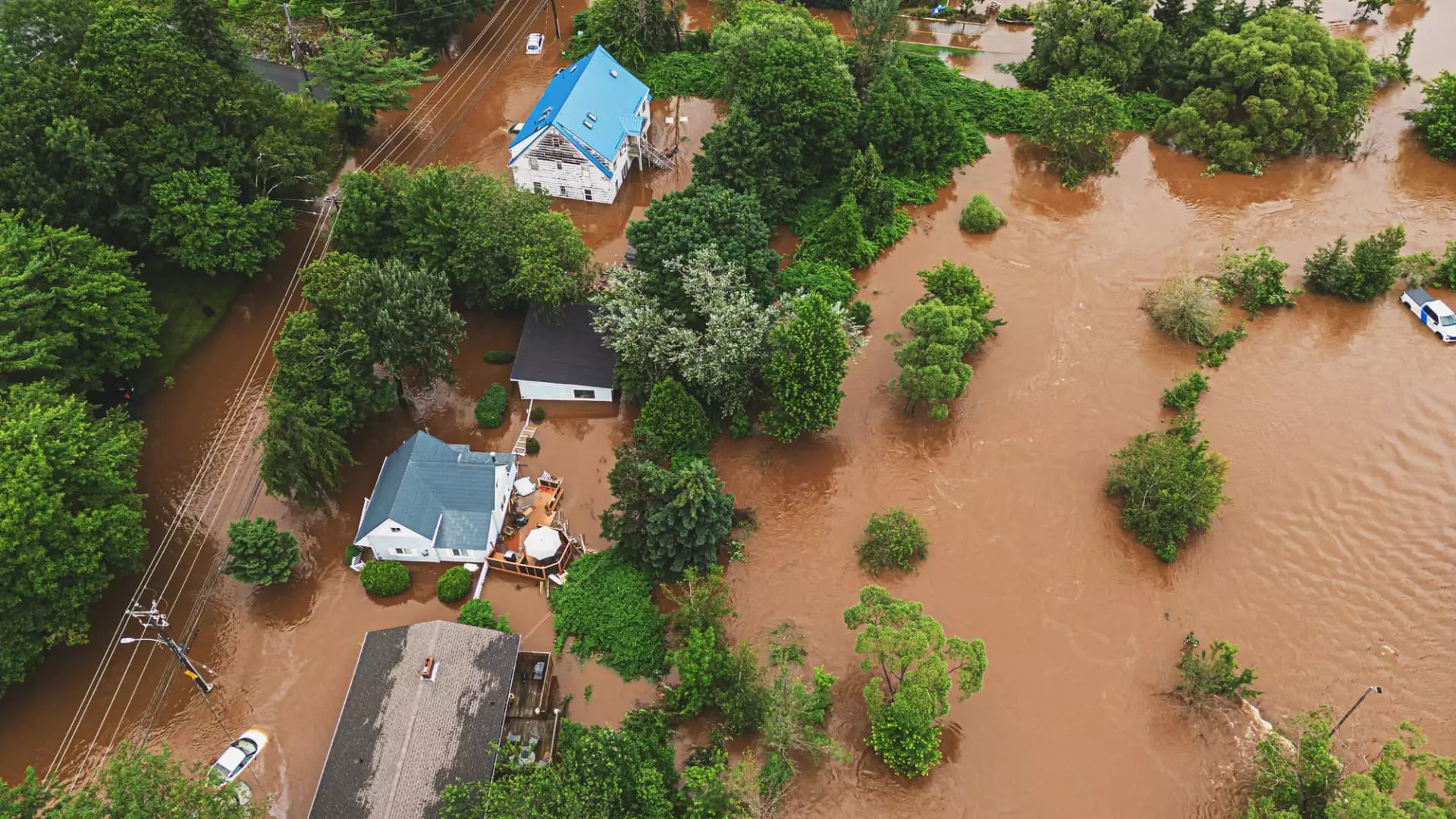The impending reauthorization deadline for the National Flood Insurance Program (NFIP) by September 30 has significant consequences for homeowners and potential homebuyers. Without the reauthorization, the NFIP will not be able to issue new policies or increase coverage on existing policies. This means that individuals in flood zones or those looking to purchase homes in such areas may encounter obstacles in obtaining mortgages post-September 30.
The uncertainty surrounding the NFIP reauthorization poses a threat to home sales transactions, as lenders may require flood insurance coverage for properties located in flood-prone areas. If the NFIP lapses, buyers might face delays or cancellations in property purchases, affecting thousands of closings. The temporary halt in policy issuance could lead to disruptions in the housing market and impact mortgage approvals.
While some consumers may consider seeking flood insurance from private insurers in case of an NFIP lapse, the availability of such coverage is limited. The NFIP remains the primary option for flood insurance, and a lapse in its authority could make it challenging to find alternative coverage. The reliance on the NFIP reflects the lack of viable alternatives in the insurance market, highlighting the significance of timely reauthorization.
Critics of the NFIP often highlight concerns about policy pricing and subsidies. The introduction of Risk Rating 2.0 aimed to accurately reflect the cost of flood risk, leading to increased premiums for policyholders. However, the sudden surge in premiums has raised objections from homeowners and lawmakers, with calls to revisit the pricing system. The debate over policy pricing underscores the challenges of balancing affordability with the financial sustainability of the NFIP.
Despite the criticisms and challenges associated with the NFIP, Congress is unlikely to let the program expire due to its importance to homeowners. The reauthorization cycle highlights the financial complexities and policy dilemmas surrounding flood insurance. While efforts to reform the NFIP continue, the lack of consensus on alternative solutions poses a long-term challenge for policymakers. The recurring cycle of reauthorizations underscores the need for a sustainable and effective flood insurance program to mitigate the risks of natural disasters and protect homeowners nationwide.

